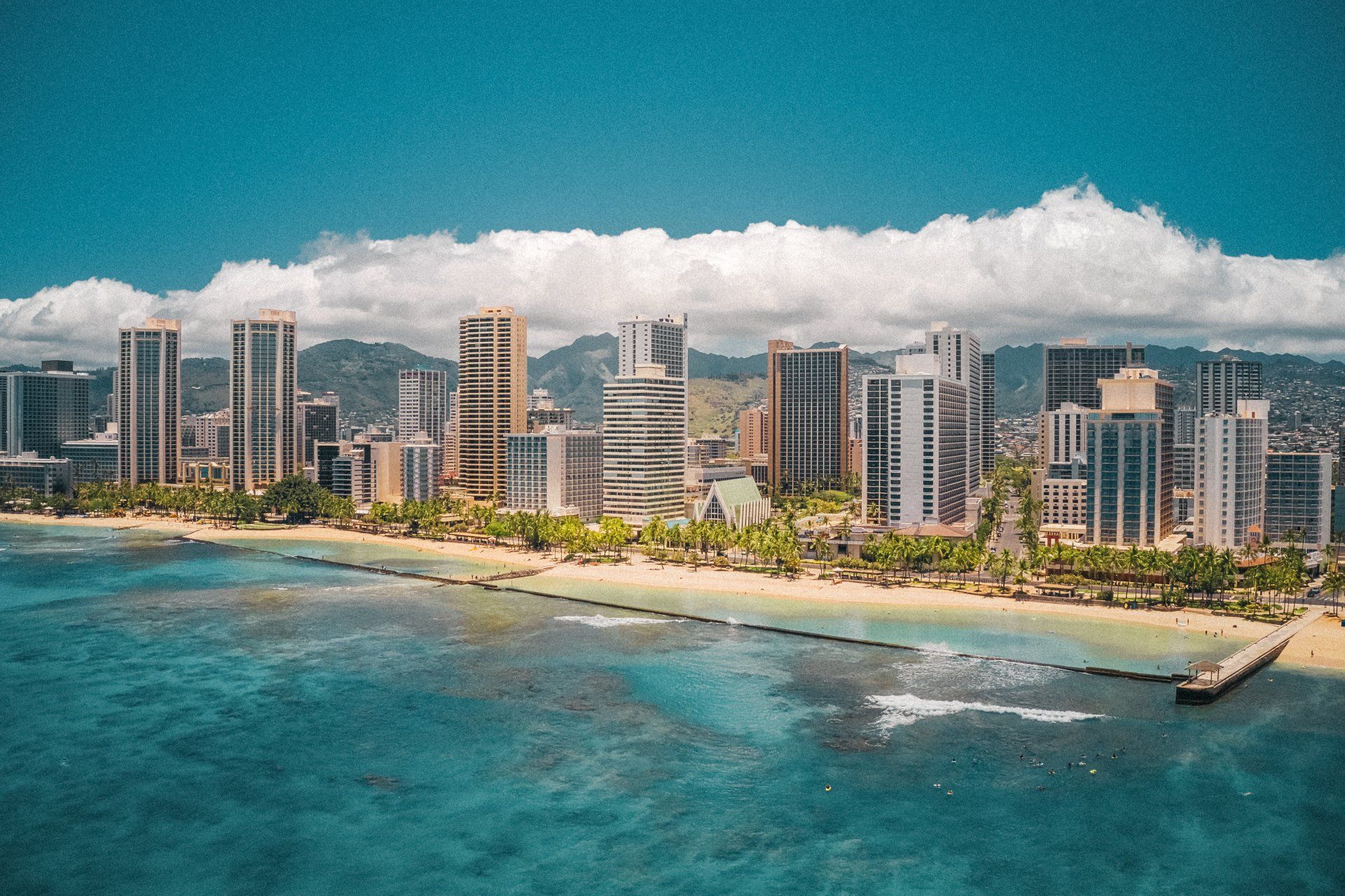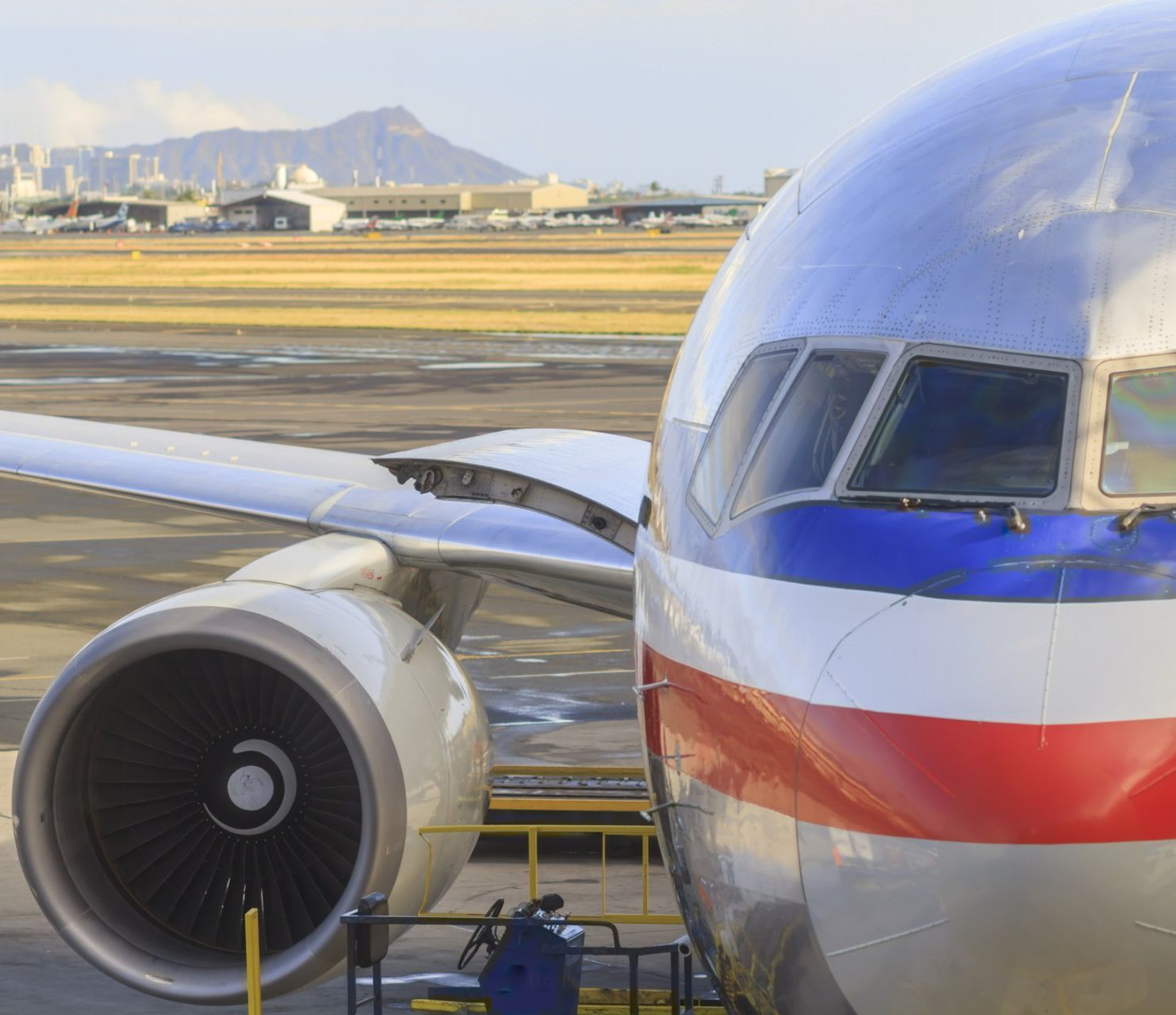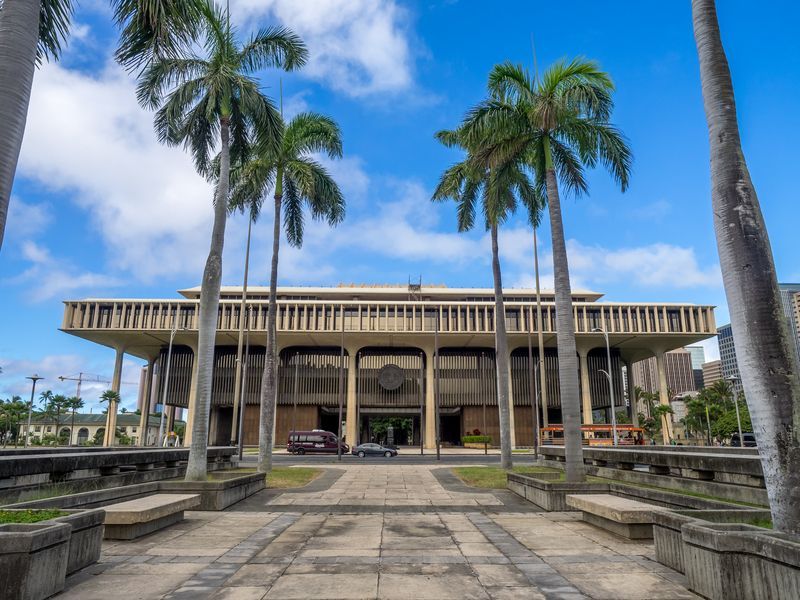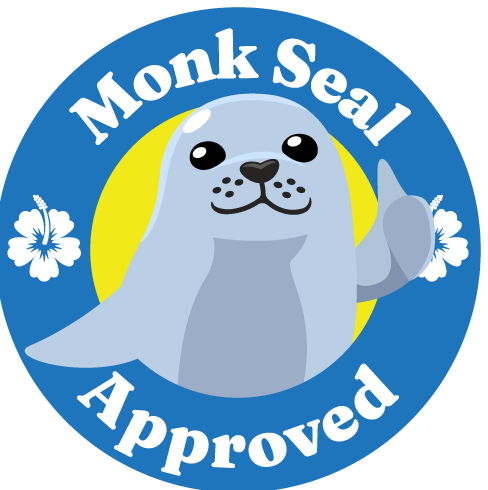Clean Fuels Can Pump Up Our Economy

How much is a penny worth to you? Is it worth cleaner air to breathe? Would you spend a penny to protect our beloved monk seals and sea turtles? How about our economy?
The high cost of living in Hawai’i is no secret. Housing prices are driving our keiki to the mainland, and we are forced to import many of the staples we eat. And the price of gas and diesel? Forget it.
So why would you want to pay an extra penny per gallon at the gas pump? Because it’s the linchpin of our survival.
How Clean Fuels Can Help Save Hawaii’s Economy
With climate change bearing down on our paradise, it’s clear we need to take action. And while no one measure will reverse a warming world, switching to greener gas and diesel is an affordable action Hawaii’s residents can take to make a difference.
Clean fuels can be made from used cooking oil, restaurant grease, food , farm and forest waste, among other organic materials. That’s good news for small restaurant owners who now have a valuable commodity they can sell to create another sustainable source of revenue for their businesses.
It’s also good news for coffee and macadamia plantations who won’t have to let their organic waste decay and emit methane gas into the environment. Now they can divert that waste from the landfill into a renewable resource.
With clean fuels, Hawai’i residents will have the opportunity to use locally sourced sustainable waste to power their cars and trucks instead of importing fossil fuels from nations that don’t share our aloha values.
The Cost of Inaction
Climate change is hitting Hawai’i hard. The cost to rebuild Lahaina after last summer’s fires is estimated at $5.52 billion.
With a state budget of only $18 billion, we can’t afford any more calamities the size of the West Maui fires. Yet every climate scientist of note in the world has concluded Lahaina was just the tip of the melting iceberg of climate impacts Hawaii is facing in the coming decades.
Why Warming Oceans Could Destroy Hawaii’s Economy
Rising seas are no longer a matter of speculation, and they threaten to swallow up Hawai’'s main economic drivers.
In 2022, more than 9 million tourists visited our islands, and most stayed within a stone’s throw of the ocean. But with just two feet of sea rise seen in the National Oceanic and Atmospheric Administration projections, the land those hotels sit on will be flooded.
Visitors spent nearly $20 billion in 2022 out of a total state gross domestic product (GDP) of $74.5 billion.
It’s not an overstatement that two feet of sea rise would be an economic calamity for the state.
What Would a Climate Constrained Hawaii Economy Look Like?
For starters, it would be difficult for tourists to visit Hawai’i under a two-foot sea rise scenario because large parts of the Honolulu Airport would be submerged. Inouye Airport has four runways, including the Reef Runway, which is built entirely offshore. Even if none of the other three runways besides Reef was impacted, and each landed an equal number of passengers, the Honolulu airport would lose the ability to land five million passengers per year.
Honolulu’s airport has a 15,000 person workforce every day, and 61,000 flights land at Inouye every year. Take away 25% of the flights that can no longer land with the diminished capacity, and a quarter of the employees who work for the airlines are at risk of losing their jobs, not to mention the reduction in air traffic controllers, custodians, and the truck and taxi drivers who could no longer support their families.
Where Would The Tourists Stay?
Compounding the already staggering economic losses to Hawaii’s economy, there’s the question of where tourists would stay if Hawaii saw two feet of rising seas.
Thanks to the Pacific Islands Ocean Observing System, we can see the frightening coastal erosion that would occur on Kaua’I, Maui and O’ahu as well as flooded coastal highways under a two-foot sea rise scenario.
There are more than 81,000 housing units on the islands to accommodate tourists according to the Hawaii Tourism Authority, with hotels, vacation rental units, and timeshares making up the vast majority. Of that supply, the largest share (37%) are on Waikiki.
The Economic Damage Of Climate Change On Waikiki Beach
In 2022, Waikiki properties generated $2.16 billion in revenue. From those properties, the State of Hawaii’s tourist tax generated $383 million for the general fund.
According to a 2016 report from the University of Hawai’i Sea Grant College Program, a complete erosion of Waikiki Beach would cause at least $2.2 billion (in 2007 dollars) in overall visitor expenditures on hotel rooms, local retail, entertainment, food and transportation. These figures don’t include ancillary and hard to quantify dollars lost due to factors that limit close access to the beach or coral reefs, for example.
Clean Fuels Are A Proven Solution To Fight Climate Change
California and Oregon established clean fuel programs years ago, and the data is conclusive. In a fair market environment where oil companies don’t get to pollute for free, clean fuels are cost competitive and better for the environment.
In a recent seven-year period, renewable diesel made from cooking oils, fats and greases were
consistently cheaper than petroleum-based diesel, and
the cost of gas in California declined over a ten-year period. Meanwhile, greenhouse gas emissions in both states were either far below their fellow states (California) or were reduced from prior years (Oregon).
The clean fuel standard in California resulted in 24 billion gallons of oil staying in the ground because the need was made up by greener gas and diesel made from waste.
Clean Fuels Bring Competition To Big Oil In Hawai'i
Multi-national oil companies have price gouge consumers for generations because they are a monopoly. Their own trade association reveals Big Oil profited 52¢ on every gallon of gas they sold Hawaii residents in 2022. That’s more than drivers pay in gas tax, which at least goes to build and repair roads and bridges. With nearly 400 million gallons of gas and diesel pumped by our people in 2022, oil companies profited $207 million while we paid gas prices 18% higher than the mainland.
Competition has proven beneficial for consumers in just about every sector of the economy. It's time Hawaii's drivers had a choice in the type of gas they use and the type of future they want for our home.
Pump Cleaner Fuel, Hawai’i
Our ‘ohana can’t afford a future of job insecurity from warming rising seas and wildfires. Clean fuels can be used in any car or truck built since 2001, and can help reduce pollution by up to 80 % . Even if you can’t afford an electric vehicle, you’ll be helping to reduce Hawaii’s largest source of greenhouse gases and passing on a brighter future to our keiki.



